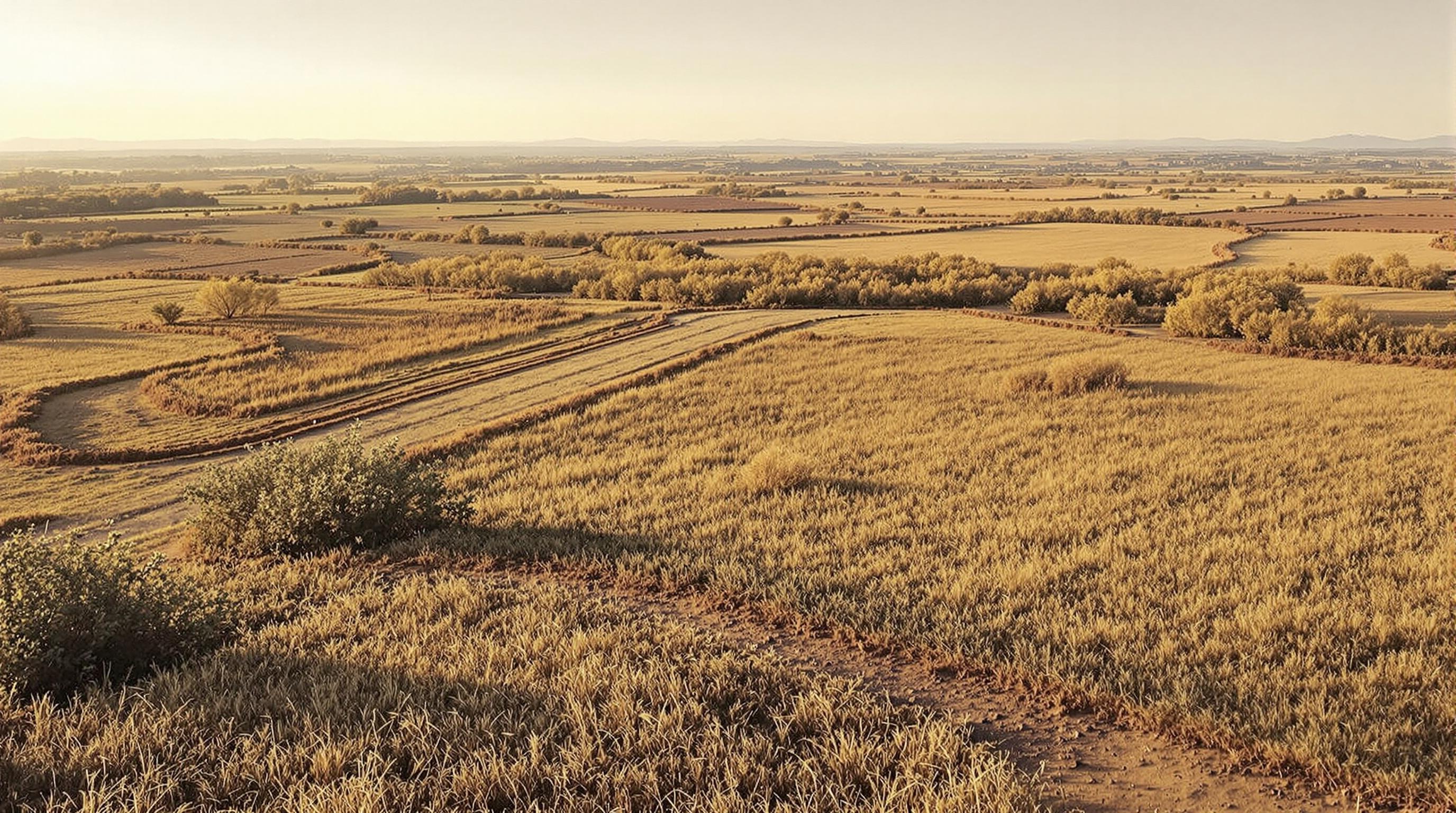Related Articles
- When Creditors Turn Aggressive: Navigating the Legal Gray Zones of Unconventional Debt Collection Practices
- Top 7 Innovative Credit Tracking Apps From the Past Five Years That Are Redefining Financial Control
- How Shifting Debt Across Cards Influences Consumer Behavior Patterns Few Analysts Ever Consider
- Top 5 Lesser-Known Debt Management Apps From the Last 5 Years That Actually Outperform Classic Snowball Methods
- Unlocking the Quiet Power of Micro-Investments in Alternative Assets to Shift Your Financial Reputation Gradually
- 7 Revolutionary Secured Loan Solutions Debuting Since 2019 That Tackle Risk Differently and Boost Borrower Confidence
How Family-Owned Land is Quietly Redefining Collateral Standards in Private Lending Circles
How Family-Owned Land is Quietly Redefining Collateral Standards in Private Lending Circles
Family-owned lands are quietly shifting the norms of collateral in private lending, challenging traditional practices with unique value propositions and cultural significance. This transformation impacts lenders, borrowers, and the broader financial ecosystem by introducing new dimensions to loan security and trust.
Imagine a sprawling tract of farmland passed down through generations, its soil steeped in history and stories. It's not just dirt and trees; it's a living legacy that lenders are beginning to recognize as more than mere property. This land’s value transcends market price; it embodies stability and trust, qualities often missing from conventional collateral. In private lending circles, these nuanced assets are opening new doors.
A Shifting Landscape in Collateral Standards
Traditional lending emphasis has long focused on liquid assets like stocks or commercial real estate as prime collateral. However, according to a 2023 report by the American Bankers Association, family-owned land accounted for just 7% of collateral in private loans, a figure steadily increasing as lenders seek alternative security in uncertain markets.
What makes family-owned land compelling is its resistance to flash market fluctuations, a trait that counters the volatility lenders dread. Unlike urban property investments susceptible to sudden liquidity drops, family lands often hold steady or appreciate, underpinned by agricultural productivity or natural resource potential. This reliability fosters confidence, even among conservative lenders.
Lenders Embracing Heritage & Stability
Let's get real: for decades, private lenders have been wary of land parcels that don't offer immediate cash flow or quick turnover. But now, the story is different. According to a survey by the National Private Lenders Association, nearly 45% of private lenders are more open to valuing family-owned agricultural or timber lands as collateral compared to five years ago.
This openness comes from recognizing the intangible facets family lands bring to the table, such as multigenerational stewardship and rootedness in community. These factors contribute to lower default rates. A Midwest lender shared in a case study how loans secured by family farms showcased a 30% lower default rate than urban investment backing.
The Legal Quirks and Challenges
Of course, this rise in collateral diversity isn’t without obstacles. Family lands often come with complicated titles, inheritance issues, and sometimes unclear boundaries. Lenders and borrowers must navigate tangled legal frameworks. A case in point: in rural Mississippi, disputes over heirs’ rights stalled lending deals for months, underscoring the necessity of thorough due diligence.
Nevertheless, innovative title insurance products and third-party valuation services are smoothing the process. This evolution is enabling lenders to confidently integrate family-owned property into their risk portfolio.
Stories from the Heartland
Take the Smith family, owners of a 200-acre homestead outside Jackson, Mississippi, who used part of their land as collateral to secure private funding to renovate their family business. Their story isn’t unique but illustrates how this shift empowers families to sustain local economies and preserve heritage simultaneously.
By leveraging land tied intrinsically to their identity, borrowers like the Smiths negotiate better loan terms, gaining access to capital with fewer hoops to jump through. The lenders benefit from tangible collateral boasting both financial and emotional value.
A Statistical Reflection
Across the southern United States, private land constitutes roughly 80% of all landholdings—with a growing portion utilized for loan collateral. Data from the U.S. Department of Agriculture reveals that farms under multi-generational family ownership tend to remain intact for over 50 years, contrasting dramatically with higher turnover in corporate-held lands. This longevity provides an anchor of security lenders find attractive.
Humor at the Lending Table
Picture a private lender scratching their head, suddenly faced with a pile of cow paddies as potential collateral. While not your typical office decor, these rural assets bring a unique sense of humor into the boardroom and a fresh perspective on what counts as ‘valuable.’ It’s a reminder that sometimes, the “dirt” beneath your feet carries more wealth than the stock market.
Why Younger Borrowers Are Interested
Younger generations are increasingly enamored with heritage land, not just as an investment but as an anchor to their roots. A survey by The Land Report in early 2024 found that 37% of millennial borrowers prefer putting family-owned land as collateral, motivated by cultural ties and the desire to preserve their family’s legacy.
This trend contributes to a new cycle: land secures credit, which fosters business growth, which in turn sustains land within families rather than selling off to developers, keeping rural communities vibrant.
Risks Remain – But So Do Opportunities
Of course, no collateral is risk-free. Potential issues include fluctuating land values impacted by environmental changes or zoning restrictions that could devalue property unexpectedly. Private lenders must employ rigorous appraisal techniques and remain cautious.
However, the blend of tradition and innovation continues to prove valuable. As one private loan officer put it, “Family land is not just a parcel on a map—it’s a living, breathing asset, with roots that deepen every year.”
Conclusion: Toward a More Inclusive Definition of Collateral
The quiet revolution of family-owned land as accepted collateral is redefining private lending’s risk calculus and cultural landscape. It builds bridges between generations, provides financial lifelines to rural and family enterprises, and challenges lenders to think creatively about value.
Whether you're a seasoned lender or a young borrower, the future of credit may well be tied to the land beneath our feet—and the stories it holds.




